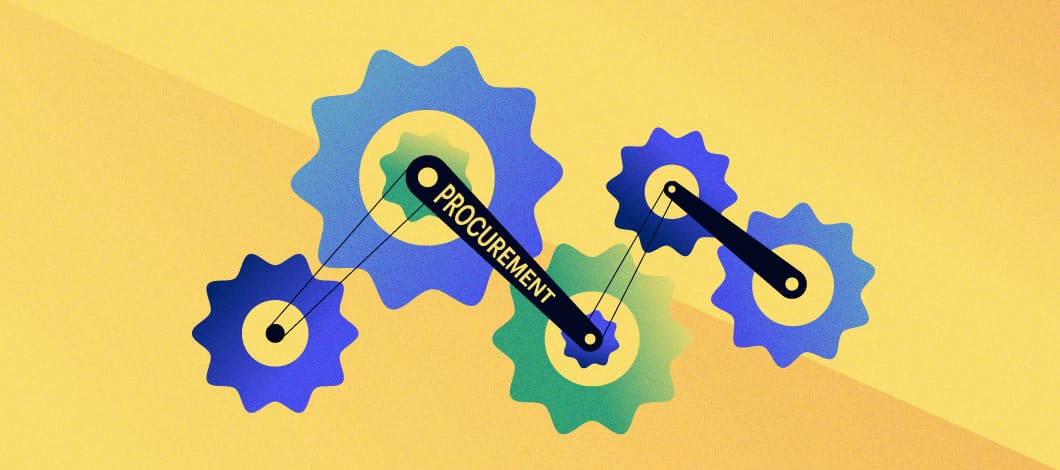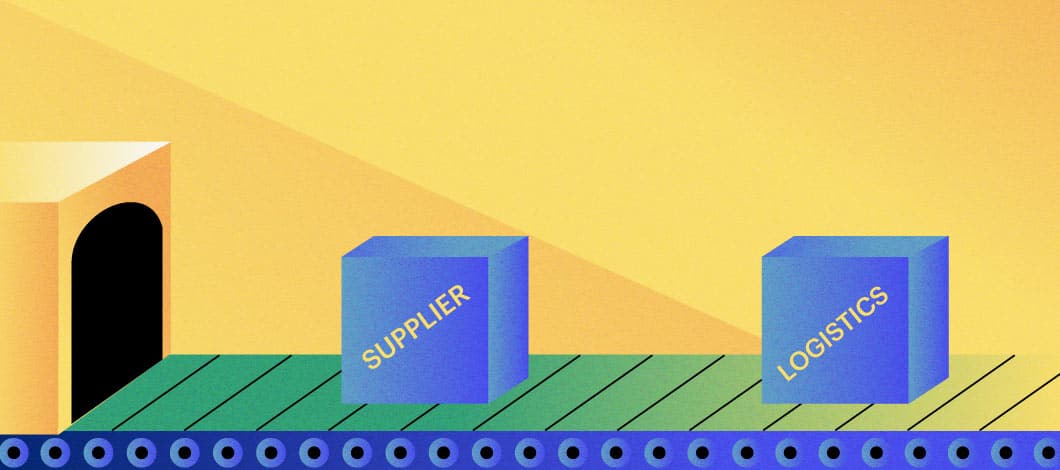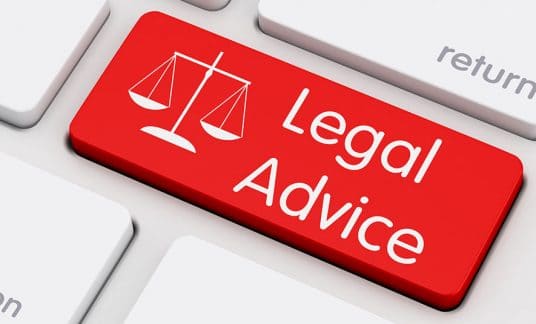One of the most crucial roles in developing and enabling a business to thrive is the role of procurement specialist. The role is related to supply chain management and must be performed efficiently to allow the business to increase its organizational agility, productivity and maximize return on investment.
Procurement specialists within an organization can lower company costs while maintaining the supporting ethics of a company and ensure that supplies are diligently procured for use, within the business.
What Is Procurement?
Procurement is a business process that involves the outsourcing and purchasing of goods and services. Businesses often have sets of policies and standard procedures to abide by when communicating with and selecting a supplier or vendor for their products and services.
The procurement process entails:
- Defining the policies to evaluate the proposals, quotes and vendors
- Researching and identifying customer needs
- Preparing the methods, tools and platforms to communicate with the suppliers
- Preparing a Request for Proposal (RFP) or Request for Quotes (RFQ)
Procurement policies are put in place to align with the company’s vision and ethics. For example, if your company positions itself as being green and eco-friendly, its procurement policies must reflect this when purchasing new goods and services from outside vendors.
Comparing Procurement and Purchasing
Procurement and purchasing are often confused as the same thing and, in the business world, the terms are often used interchangeably. Purchasing is an aspect of procurement, the umbrella term that involves all of the acquiring of goods, services and pivotal work to a company.
Prior to any purchasing, there are essential steps that must be conducted within the entire procurement phase, known as the procure-to-pay cycle.
The steps of the procure-to-pay cycle prior to purchasing are:
- Identification of requirement
- Authorization of purchase request
- Approval of purchase request
- Identification of suppliers
- Negotiation with suppliers
- Selecting a suitable vendor
Depending on the size of your business and the specific industry that you operate in, the extent and complexity of your procure-to-pay cycle may differ. For example, larger companies would be subjected to a more extensive identification of requirement to completely understand every aspect of where the goods and services would benefit the business. However, for startups and small businesses, this process would be a lot more straightforward.
While procurement is the term for the entire process, purchasing is just a subset of it. Purchasing refers specifically to the aspect of buying goods and services, receiving the deliverables and the exchange of payment.
The fundamental steps that relate to purchasing include:
- Purchase order acknowledgment
- Advance shipment notice
- Goods receipt
- Invoice records
- Three-way match
- Paying the supplier
The purchasing subsection of the entire procure-to-pay cycle contains fundamental steps that should be performed as a best practice in all businesses. In contrast, the entire procure-to-pay cycle should be customized to accommodate the specific characteristics of a business.

5 Steps to Creating a Great Procurement System
An efficient procurement system can vastly benefit your organization’s ability to grow, decrease expenses and increase the bottom line.
Here are 5 steps to designing a solid system.
1. Perform an Internal Analysis
It’s important to analyze the current situation of your business and benchmark its performance to identify its needs, company objectives and budget before assembling your procurement strategy.
During this process, it’s vital for you to gain insight into your spend categories. From a procurement standpoint, you’ll need to collect data to answer two questions:
- How will procurement add or create value to your organization?
- How can you better understand your business’s current operational efficiency?
Answering these two questions will serve as a basis for your entire strategy.
In the initial phase, you’ll be able to identify which procurement tactics will benefit your business the most. Regardless of your company’s size, the strategies that any business can introduce are:
- Cost reduction
- Supplier optimization
- Risk management
- Green and eco-friendly purchasing
- Global sourcing
2. Conduct an Assessment of Suppliers
The second step is for your procurement team to identify potential worldwide vendors to source the raw materials, electronic components and goods or services for your business. Manufactured products may be easily sourced from multiple countries and a lot more accessible, whereas certain other requirements can only be sourced from limited areas.
After assessing multiple suppliers to help attain the goods and services you require, selecting a suitable partner should be performed with due diligence. Your company’s reputation and performance depend on their ability to deliver as promised. It’s important to vet the supplier based on their performance, financial statements, credit reports and any references you can obtain. Since many B2B transactions come from referrals, it’s good practice to analyze case studies and testimonials on the vendor.
It’s not uncommon to source from multiple suppliers to avoid a potential supply chain disruption that could be costly for your organization. This method is effective for larger businesses to create a competitive environment and to minimize logistical expenses.
3. Develop a Sourcing Strategy
After identifying the information in the first two steps, you should be ready to create a sourcing/ outsourcing strategy.
Sourcing strategies include:
- Acquisition – purchasing from the desired supplier
- Direct purchase – sending an RFP or RFQ to selected suppliers
- Strategic partnership – entering into an agreement with a suitable supplier
Choosing the right strategy for your company will depend on several factors, such as your level of risk tolerance, your company’s business strategy and motivations for outsourcing.
4. Implement Your Sourcing Strategy
Putting your plan into play requires strong communication between you and the supplier. Sourcing through acquisition or strategic partnerships can be large endeavors and are often for companies that require limited raw materials or access to proprietary information.
Acquisition or strategic partnership strategies may also align with the broader business plan, or the supplier could be very sought after in their field, offering specific technology and skilled labor.
For direct purchases, your company can submit an Expression of Interest (EOI) and prepare an RFP to obtain bids from hand-picked suppliers.
The RFP should include:
- Specifics about products or services
- Delivery requirements
- Pricing structure
- Financial terms
5. Selecting the Right Supplier and Managing Logistics
It’s important for your organization to evaluate the bids, proposals and quotes from vendors to examine which will be the most beneficial for your company. After proceeding through the evaluation process and narrowing down the most suitable supplier, your procurement specialists can begin contract negotiations.
A communication plan must be implemented after outsourcing to new suppliers to ensure improvements are actually being made to your business. Regularly monitoring KPIs during the early stages of supplier transition will help mitigate the risks involved and help to improve the service provided by suppliers.
When cultivating a relationship with a new supplier, it’s necessary for your company to establish a standard system for creating orders and receiving deliveries. Doing so ensures consistency for shipping and payments. The implementation of logistical linkages, communication systems and additional personnel training will take time to set up and the terms should be agreed upon during contract negotiations.
Wrapping Up the Procurement Process
Procurement is all about finding the most suitable suppliers that can get you what you need fast and with minimal issues. When creating and implementing your strategy, it’s inevitable that not everything will go as planned. But, by having a deep understanding of your company’s procurement process and thoroughly evaluating your suppliers, you can lower your company’s expenditure and help your business reach its goals.








